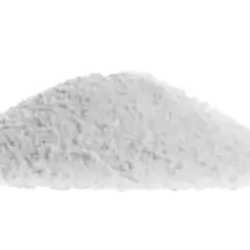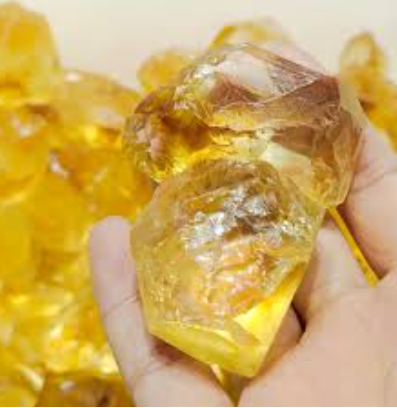Sodium Hypochlorite
|
IUPAC Name |
: Hypochlorite |
|
Cas Number |
: 7681-52-9 |
|
HS Code |
: 2815300 |
|
Formula |
: ClNaO |
Basic Info
|
Appearance Name |
: Clear Light Yellow Green Liquid |
|
Common Names |
: Aqua Guard Chlorinating Sanitizer, Aqua Guard Bleach, Liquid Chlorine Solution, Liquid Bleach, Hypochlorite, Hypo and Chlorine Bleach |
|
Packaging |
: 864 @ 25 kg plastic drum, 21.6 MT / 20FCL |


---china.webp)



